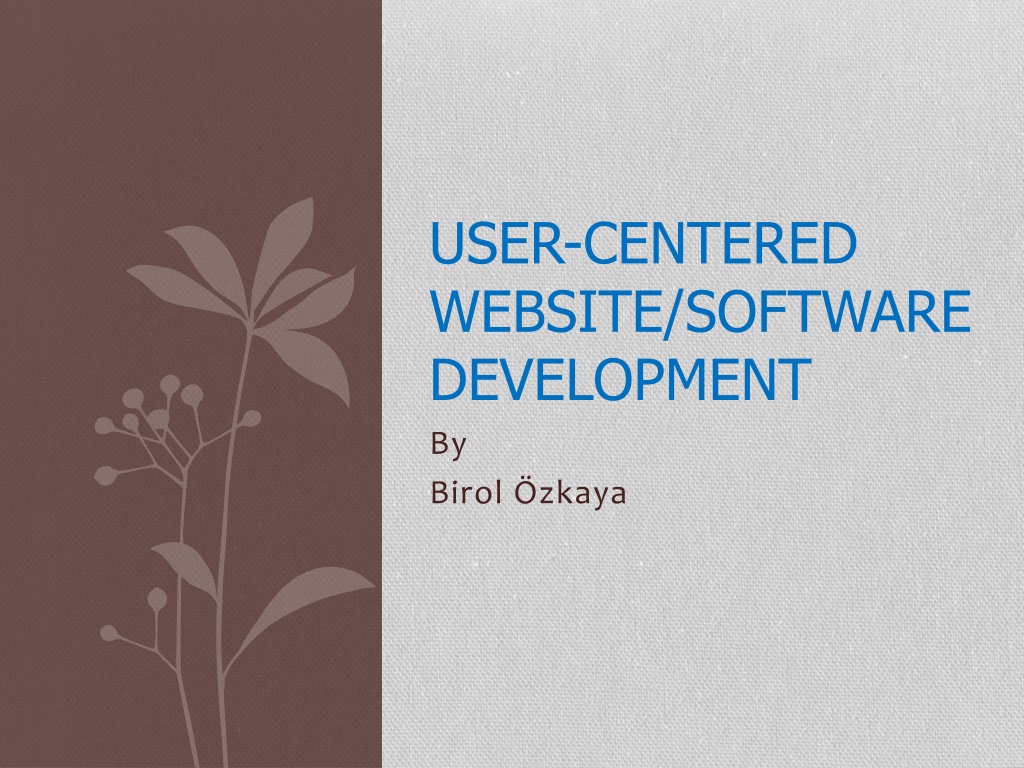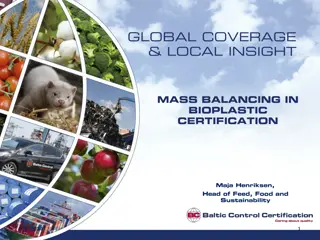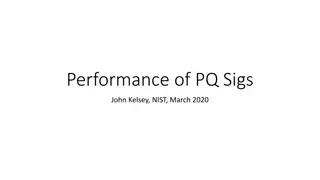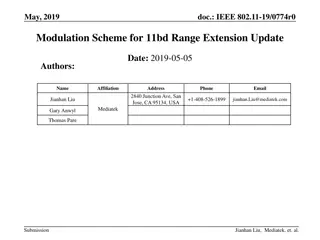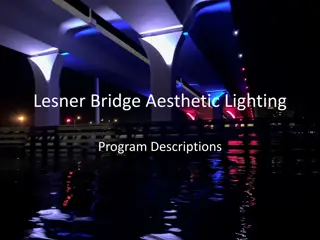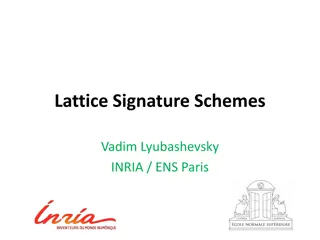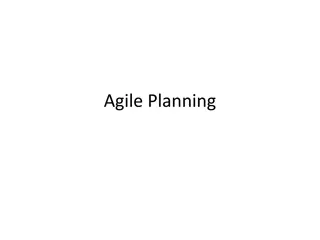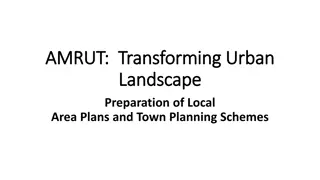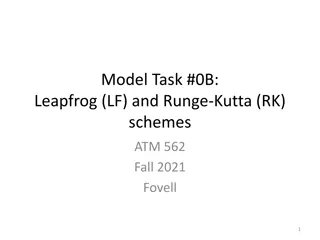Principles and Schemes of User-Centered Website Development
User-centered website development focuses on goals of human-computer interaction, content organization, and visual organization. Explore safety, utility, effectiveness, efficiency, usability, and appeal. Learn about different organizational schemes like alphabetical, chronological, geographical, topical, task-oriented, and audience-specific. Discover principles of visual organization including proximity, alignment, consistency, and contrast.
Download Presentation

Please find below an Image/Link to download the presentation.
The content on the website is provided AS IS for your information and personal use only. It may not be sold, licensed, or shared on other websites without obtaining consent from the author. Download presentation by click this link. If you encounter any issues during the download, it is possible that the publisher has removed the file from their server.
E N D
Presentation Transcript
USER-CENTERED WEBSITE/SOFTWARE DEVELOPMENT By Birol zkaya
Goals of Human Computer Interaction To develop or improve the followings in computerized systems: Safety - "safety of users", "safety of data", or both Utility - services that the system provides Effectiveness - user s ability to accomplish a desired goal Efficiency - how quickly users can accomplish their goals Usability - ease of learning and ease of use Appeal - how well users like the system
Content Organization Major component of the design phase for a website or software is organizing its contents. Organizational Schemes: Alphabetical Chronological Geographical Topical Task-Oriented Audience-Specific Hybrid (combination of multiple organizational schemes)
Hybrid Organizational Scheme (Combination of Topical and Alphabetical)
Visual Organization Good appearance of a webpage or user-interface creates a good first impression and invites confidence. Four principles of visual organization: Proximity - Group related items close together; Separate unrelated items Alignment - Place related items along an imaginary line Consistency - Make related items coherent and uniform (e.g. same size for the buttons, same location for the links on each webpage) Contrast - Make different items look different by changing its size, style, color, etc. (e.g. use large and bold lettering for titles)
Four principles of visual organization : Proximity, Alignment, Consistency, Contrast
Text Text delivers the most widely understood (accurate and detailed) meaning to the greatest number of people. Typeface serif angular edges (looks good on paper) Typeface sans serif without angular edges (looks good on monitor) Typeface Typeface script looks like handwriting (looks good on paper) Serif Fonts: Times New Roman, Georgia, Sans Serif Fonts: Arial, Comic Sans, Verdana, Script Fonts: Vlademir Vlademir, , Edwardian Edwardian,
Text Kerning is the spacing between character pairs Av Av Tr Tr Tracking is the spacing between characters Tighter Track Looser Track Leading (pronounced ledding is the spacing between lines Tighter Leading Tighter Leading Looser Leading Looser Leading
Choosing Text For small type, use the most legible font available. Can you read me? 10-point Arial font 10-point Vlademir font Can you read me? In text blocks, adjust the leading for the most pleasing line spacing. Too tightly packed lines are difficult to read. In large-size headlines, adjust the tracking and kerning for the most pleasing character spacing. Don t use big gaps between large letters. KEYBOARDING K E Y B O A R D I N G
Choosing Text Experiment different font colors on different background colors. Try reverse type pairs. Use the same size of background area. Good choices: Bad choices:
Choosing Text If you are going to use center alignment, keep the number of lines to minimum (3 lines or less) and use very long lines alternating with short lines Good choice: (lines differ in length) Department of Computer Graphics and Animation Bad choice: (each line is almost the same length) Department of Computer Graphics and Animation
Choosing Text Pick appropriate fonts to deliver the type of the message properly. e.g. for feminine, masculine, technical, formal, comic type of messages
Try to learn about your users ! The more you learn about your users and their work, the more likely it is that you will develop a user-friendly website or software. Consider: Age Education Cultural Differences Physical Differences , etc. .. of your users !
Thats All Folks Thanks for Listening and Good Luck !!!
